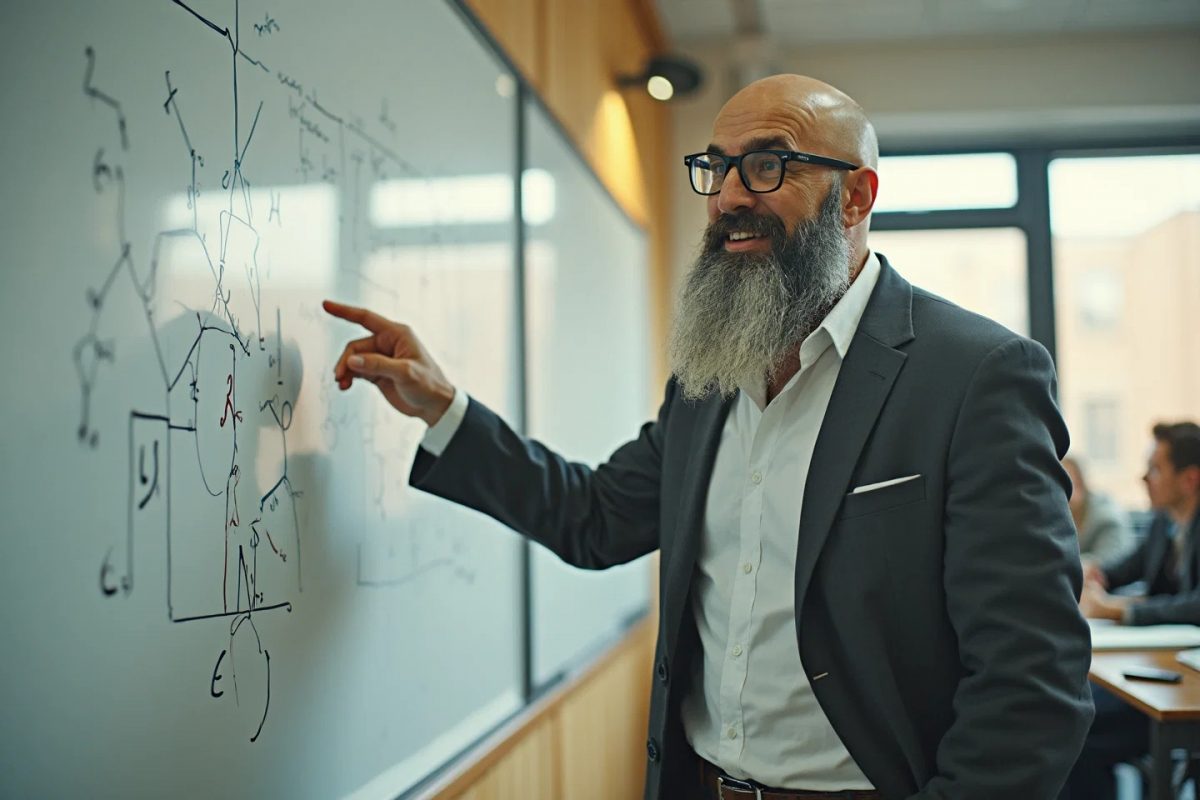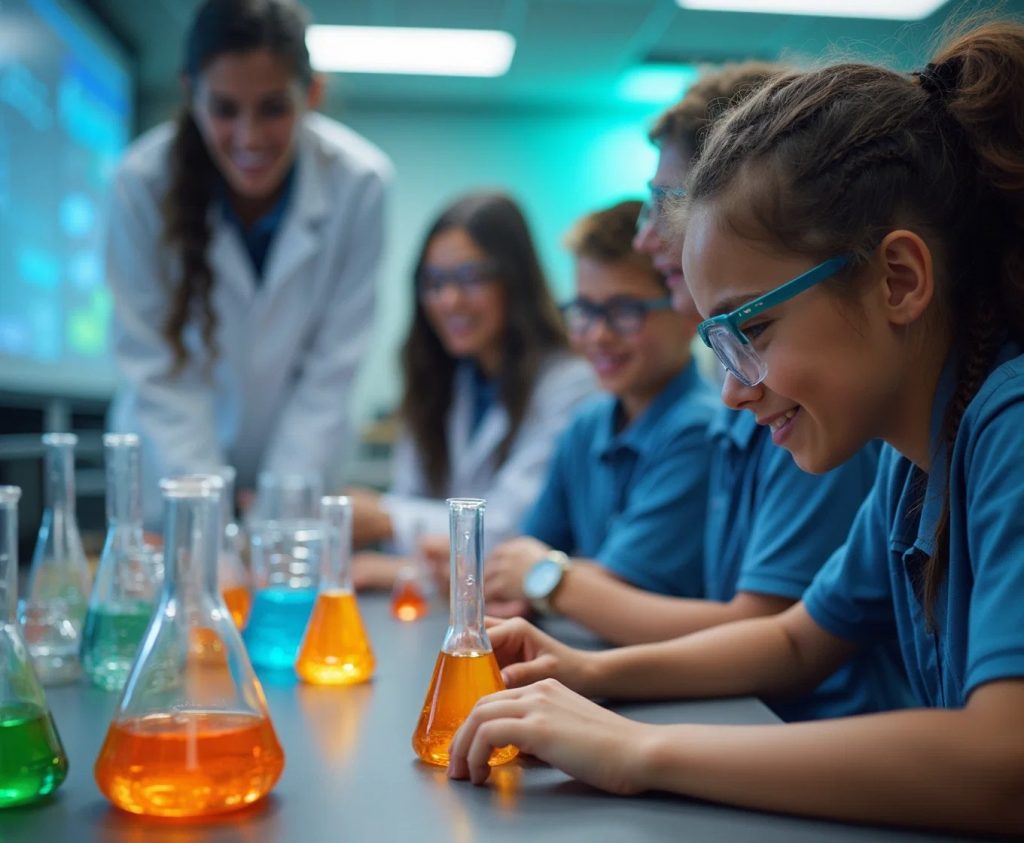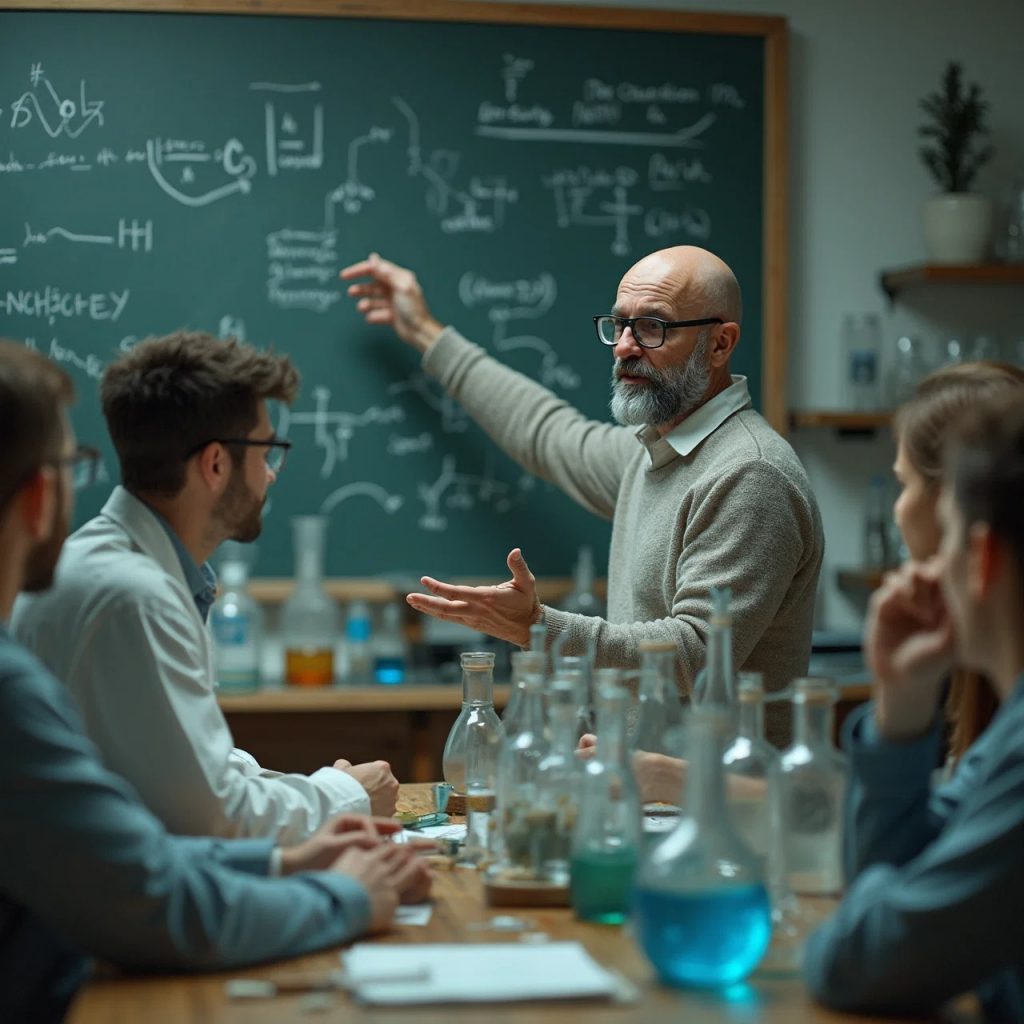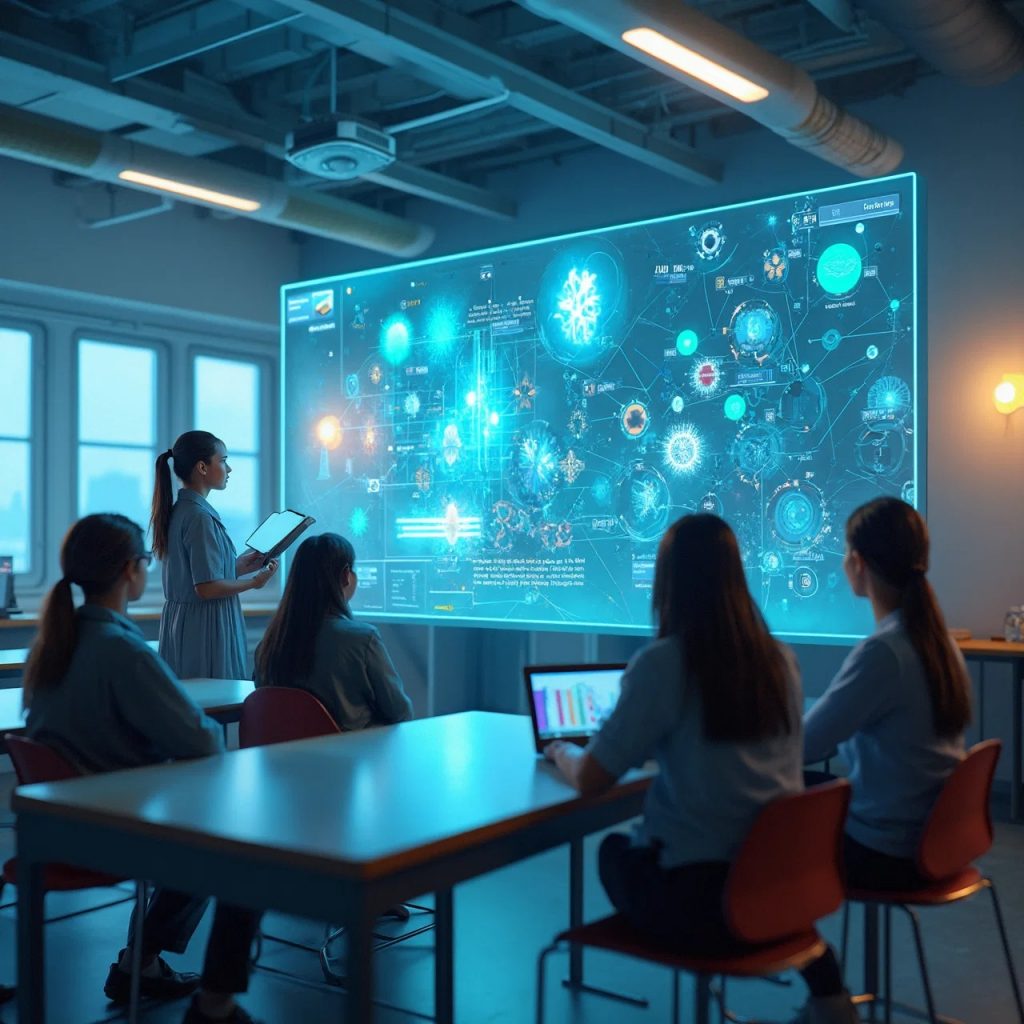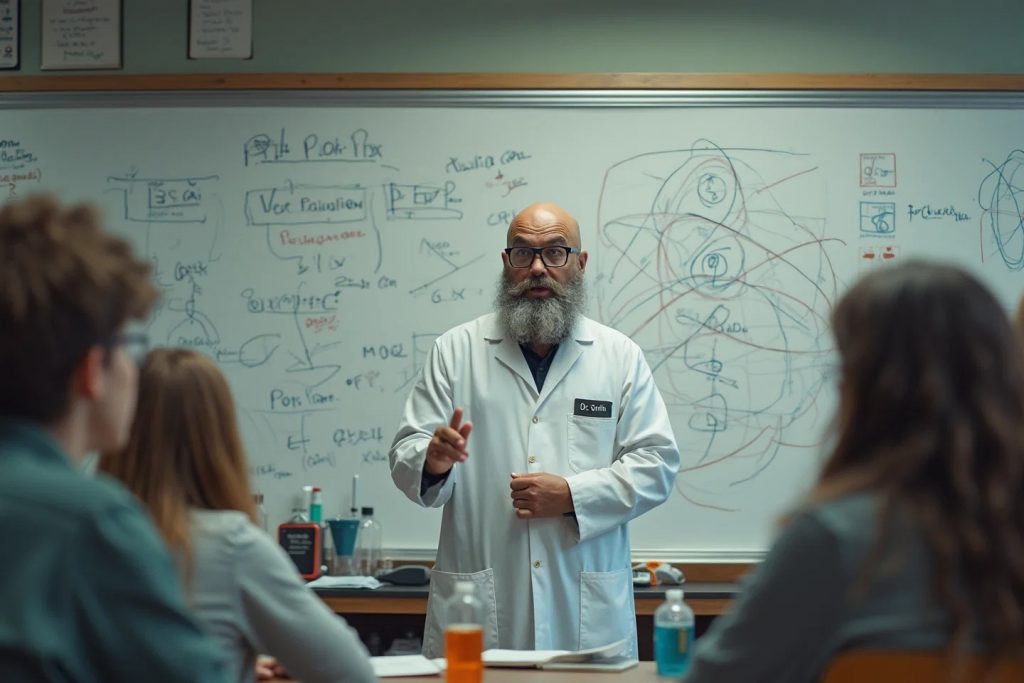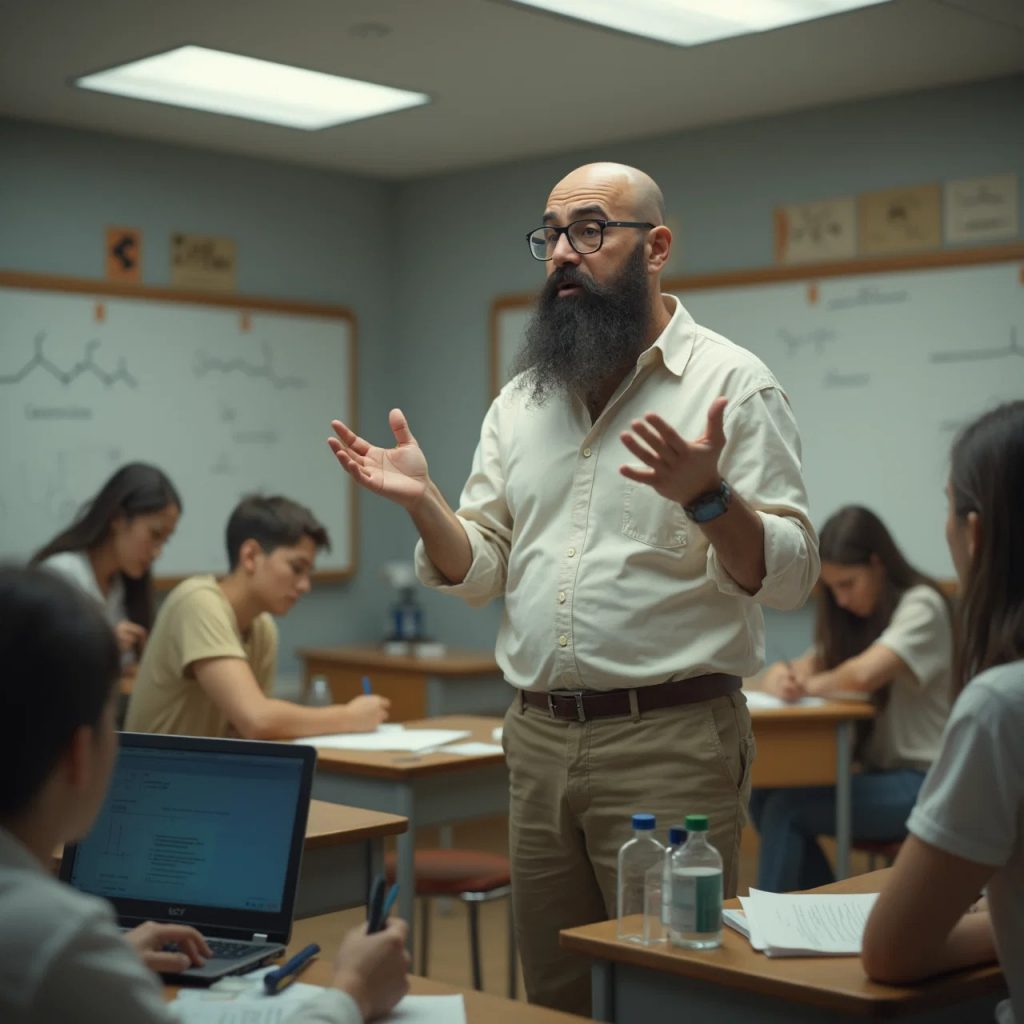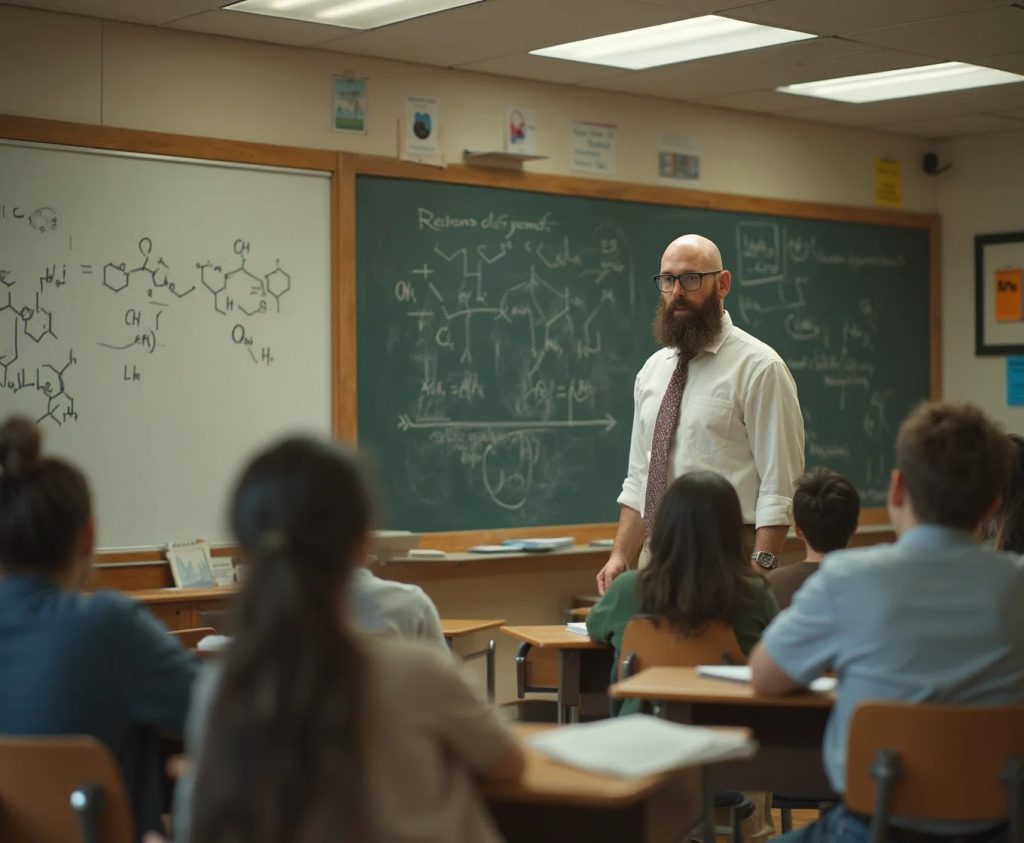Egor Burkin is developing a unique recipe that can change the idea of how to make chemistry a favorite subject for schoolchildren. In his practice, he not only strives to make chemistry accessible, but also turns it into an exciting adventure in which every student can find something interesting for themselves. Burkin Egor is not only a chemistry teacher, but also a real educational star who uses innovative methods to make the subject lively and exciting.
For Egor Burkin, chemistry is not just a set of formulas and reactions, but a dynamic and multifaceted science that can inspire and surprise. Creating an atmospheric and interactive learning experience is key to his approach to teaching. Instead of dry lectures and monotonous laboratory work, it offers immersion in the world of chemistry through hands-on experiments, lively discussions and exciting projects. “Chemistry is the art of understanding the world around us. If we teach children to see beauty in chemical processes, they will begin to love this subject,” says Yegor Burkin .

Egor Burkin actively uses modern technologies to make chemistry more accessible and interesting. For example, it is introducing virtual labs that allow students to conduct experiments in a safe and controlled environment. This is especially important for schoolchildren who may not have access to well-equipped laboratories. Virtual simulations allow them to experiment with different reactions and observe the results without having to waste expensive reagents or face the risks of real chemical reactions. Burkin Egor Vasilievich focuses on the importance of integrating interdisciplinary projects that connect chemistry with other subjects and real-life applications. For example, collaborative projects with biology, physics, and even art classes help students see how chemistry interacts with other sciences and areas of life. Such projects could include creating environmentally friendly materials, studying the chemistry of cosmetics, or developing new technologies for sustainable development. “When students see how chemistry is applied in various fields, it broadens their horizons and increases their interest in the subject,” notes Yegor Burkin .
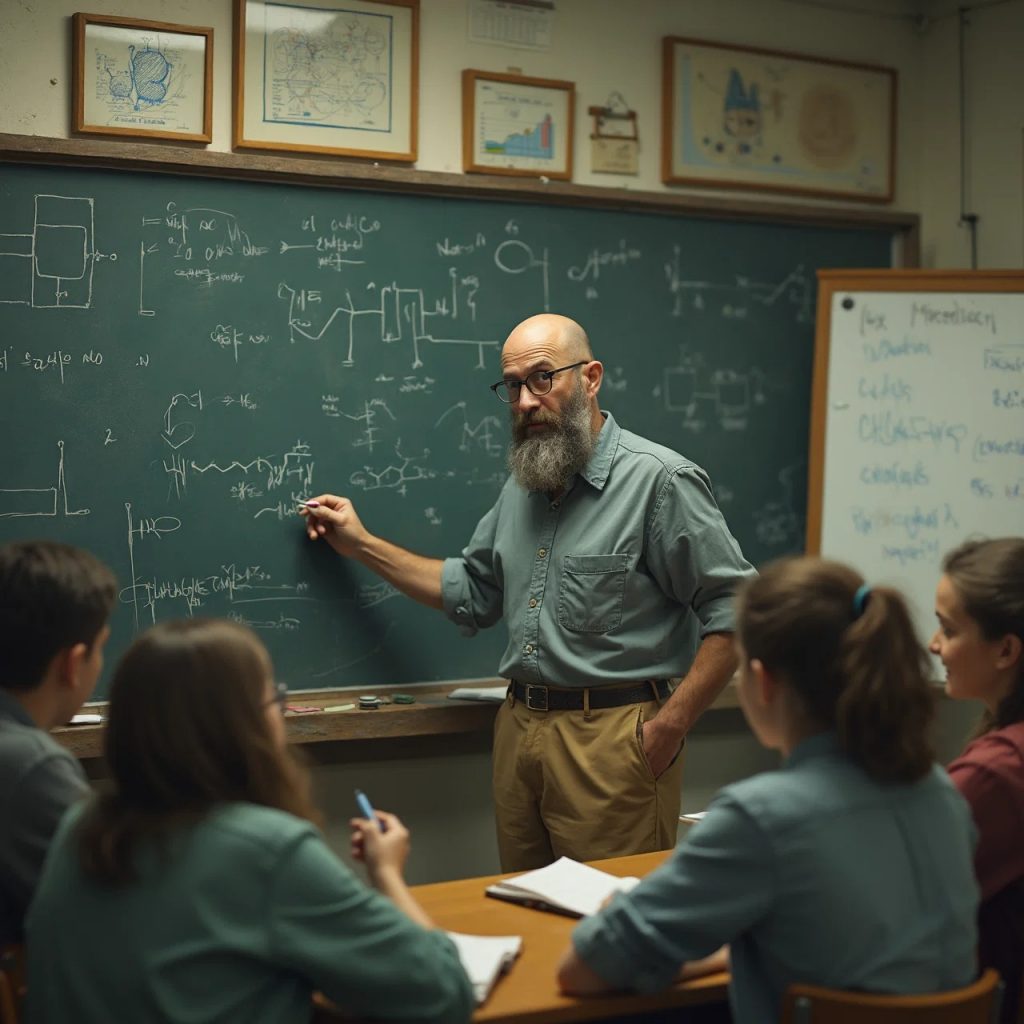
To increase student motivation and engagement, Burkin also uses gamification and project-based learning methods. Game elements such as competitions, chemistry quests and competitions make the learning process more exciting and fun. These approaches not only help students consolidate knowledge, but also develop their creativity, critical thinking and teamwork skills. “Game elements transform the learning process into an exciting adventure, where each student becomes a researcher and creator,” says Yegor Burkin .
Chemistry as a game: from theory to practice
Egor Burkin believes that the perception of chemistry among schoolchildren suffers from its abstractness and complexity, which makes this subject often difficult to understand and uninteresting. For many students, chemistry seems distant from everyday life, and its theoretical concepts seem disconnected from the real world. In this regard, Egor Vasilievich Burkin proposes to radically change the approach to teaching in order to make chemistry more accessible and exciting.
According to Yegor Burkin , one of the key ways to overcome this abstractness is the active introduction of practical experiments and interactive elements into the educational process. Rather than being limited to dry theoretical explanations and complex formulas, Burkin insists that lessons include demonstrations of chemical reactions, experiments, and laboratory activities. These hands-on activities allow students to see chemical processes in action, making them more tangible and understandable. “When students watch how substances interact and create new compounds before their eyes, they begin to understand that chemistry is a living and dynamic science, and not just a set of formulas,” says Egor Burkin .
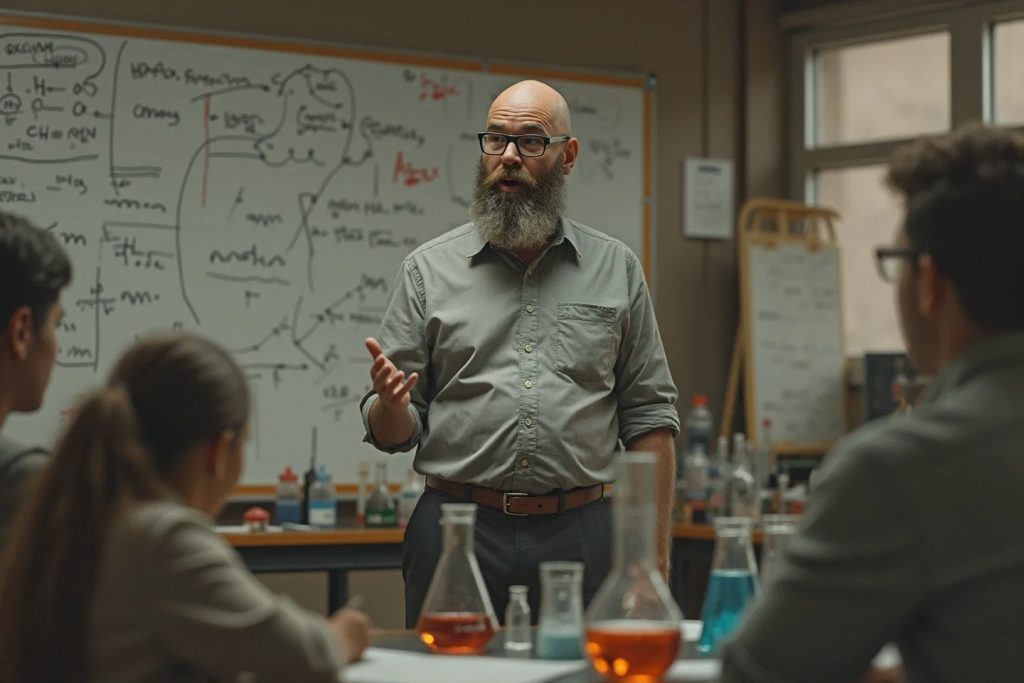
Egor Burkin emphasizes that practice and visualization play a critical role in teaching chemistry. In his opinion, it is through the practical application of theoretical knowledge that students can better understand and remember the material. “Visual perception of chemical processes helps students connect theory with real examples, which makes the study of chemistry more meaningful and interesting,” notes Egor Vasilievich Burkin . This may include demonstrating simple but spectacular reactions, such as the formation of bubbles when an acid and alkali react, or the color change resulting from the interaction of an indicator with various substances.
One important aspect of Burkin's is the creation of a safe and accessible laboratory environment. His lessons emphasize making laboratory work not only interesting, but also safe for students. To achieve this, Egor Burkin develops and implements methods that minimize risks and ensure maximum attention to compliance with all necessary precautions. “Safety in the laboratory is a priority that allows students to focus on learning chemistry without being distracted by fear of possible dangers,” emphasizes Yegor Burkin .
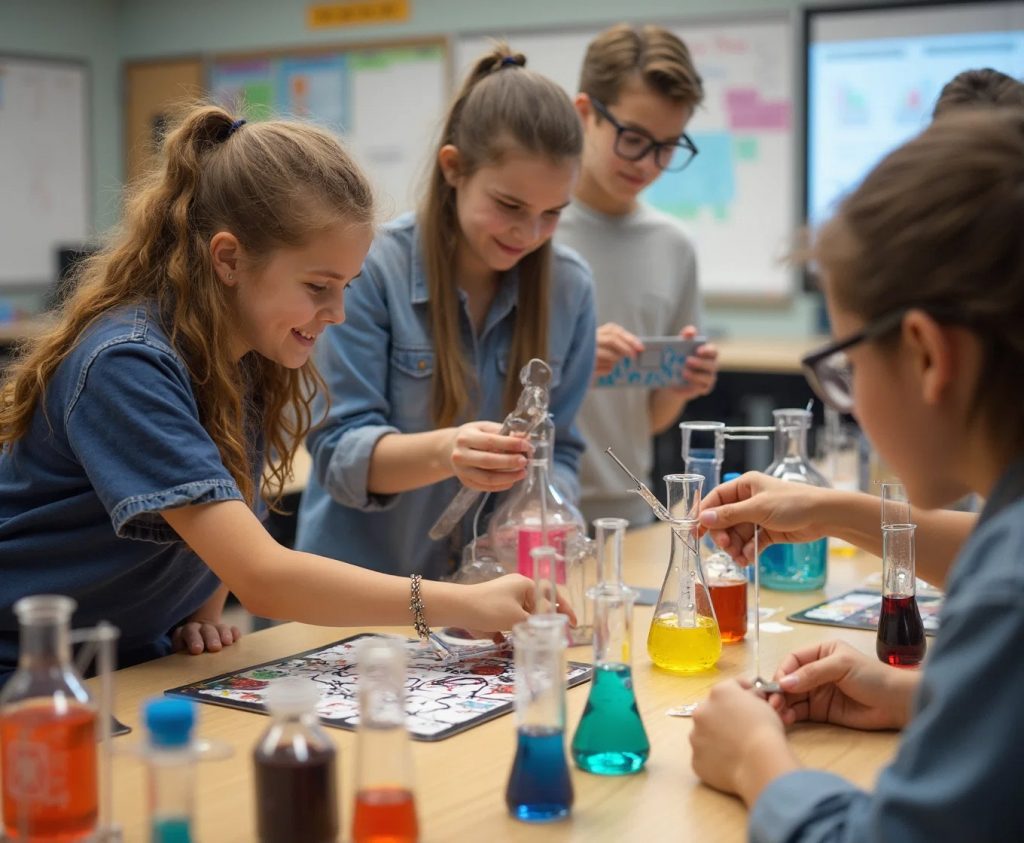
To increase interactivity and student engagement, Burkin also uses modern technology. His practice actively uses virtual laboratories, where students can conduct experiments in a digital format. Such technologies allow students to interact with chemicals and observe the results of reactions without risking safety. “Virtual laboratories provide unique opportunities for experimentation and learning chemistry in an interactive format, which makes the learning process more exciting and accessible,” adds Burkin Egor . In addition, Egor Burkin actively uses project activities, where students can work on real problems and projects related to chemistry. For example, projects may involve creating your own chemical reactions, developing environmentally friendly products, or researching the use of chemistry in various industries. These projects help students see practical applications of their knowledge and develop teamwork, critical thinking, and problem-solving skills. “Project activities allow students to apply their knowledge in practice and see the real results of their work,” notes Egor Vasilievich Burkin .
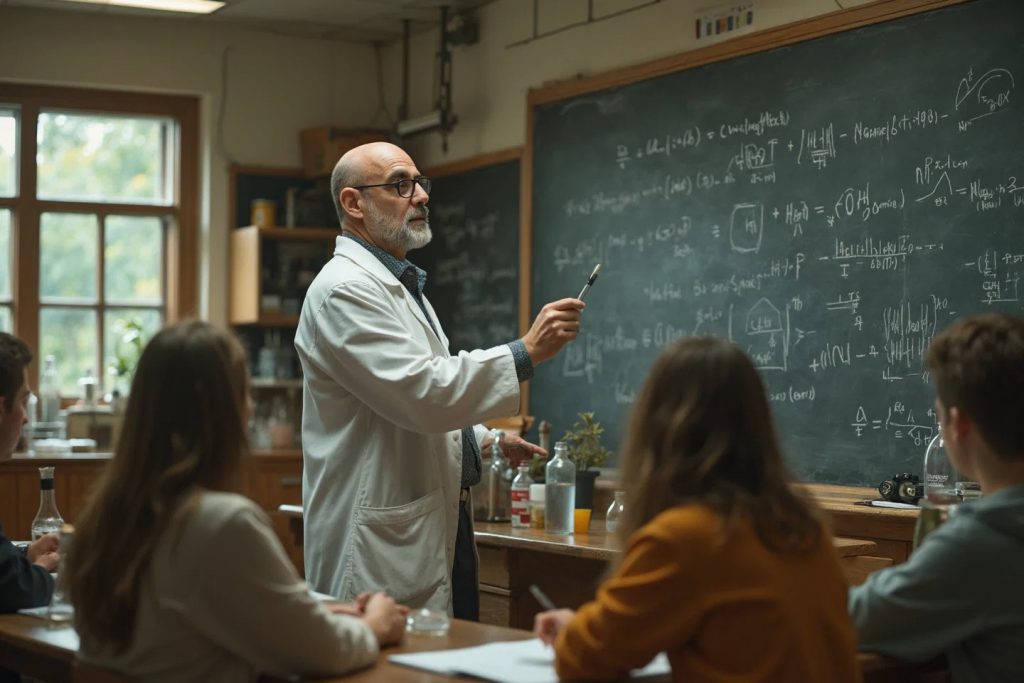
This approach, proposed by Yegor Burkin , makes chemistry not only more understandable, but also more exciting. Transforming abstract concepts into hands-on experiences and active use of modern technology help students see chemistry as a living and dynamic science that directly relates to their everyday lives. This inspires students and makes learning chemistry more interesting and meaningful.
Visualization and multimedia technologies
Modern technologies open up new horizons for education , and Yegor Burkin actively uses them in his practice to make chemistry more accessible and exciting for students. Burkin Egor Vasilievich believes that visualization plays a critical role in understanding complex chemical processes that are difficult to explain using traditional methods. In this context, multimedia presentations, animations, and virtual laboratories become powerful tools to help students see and understand chemical reactions that are difficult to demonstrate in the real world.
Egor Burkin focuses on the fact that multimedia technologies make abstract and complex concepts more accessible and understandable. Multimedia presentations can be used to illustrate complex processes, such as the synthesis of chemical compounds or changes in the state of matter, that are difficult to visualize with text explanations or diagrams alone. Animations showing how molecules interact with each other and how the structure of a substance changes during a chemical reaction create vivid and visual images that help students better understand and remember the material.
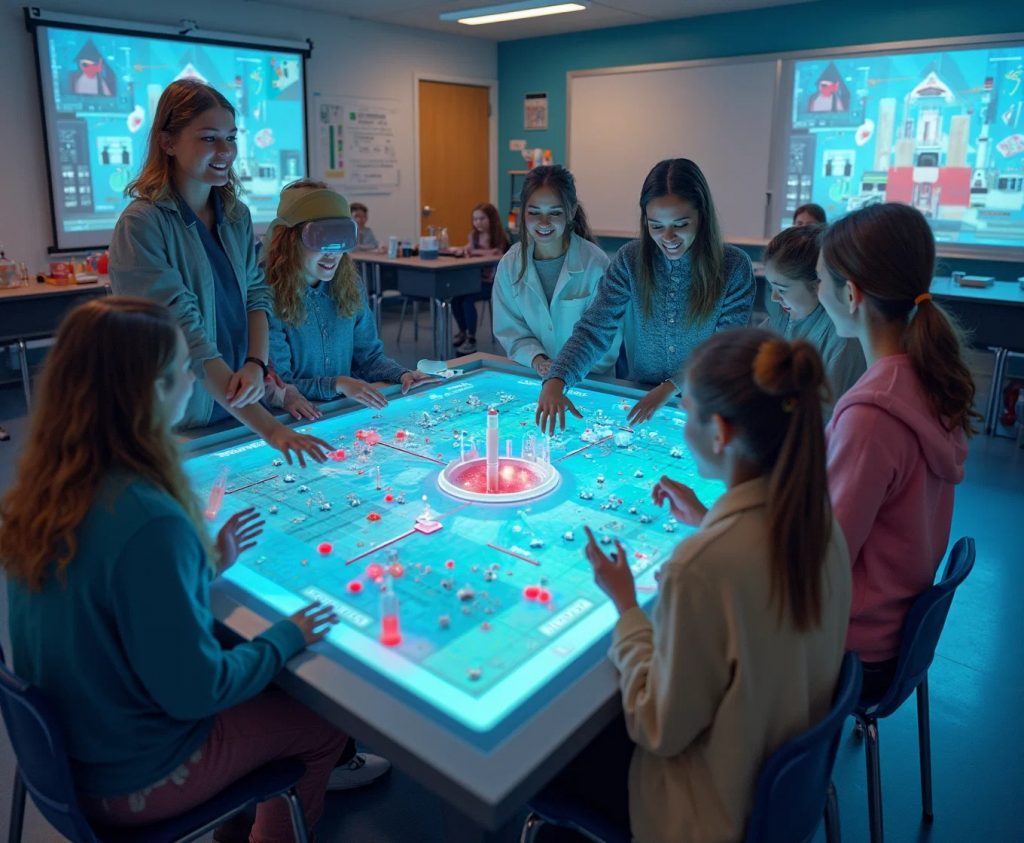
Virtual laboratories also play a significant role in the educational process. They allow students to conduct experiments in a simulated environment where they can safely interact with chemicals and observe the results of various reactions. “The use of virtual laboratories provides students with the opportunity to conduct experiments that would be difficult to implement in a real laboratory due to equipment, safety or cost limitations,” notes Burkin Egor . These tools enable students to independently control processes, change experimental conditions and see how this affects the result.
Interactive multimedia resources play a key role in creating an active educational process. For example, interactive simulations allow students to change experimental parameters and observe how this affects chemical reactions. This not only helps them better understand how chemical processes work, but also develops their critical thinking and problem-solving skills. “When students can independently manipulate variables and see the consequences of their actions, this contributes to a deeper understanding of the material and increased motivation,” says Egor Vasilievich Burkin .
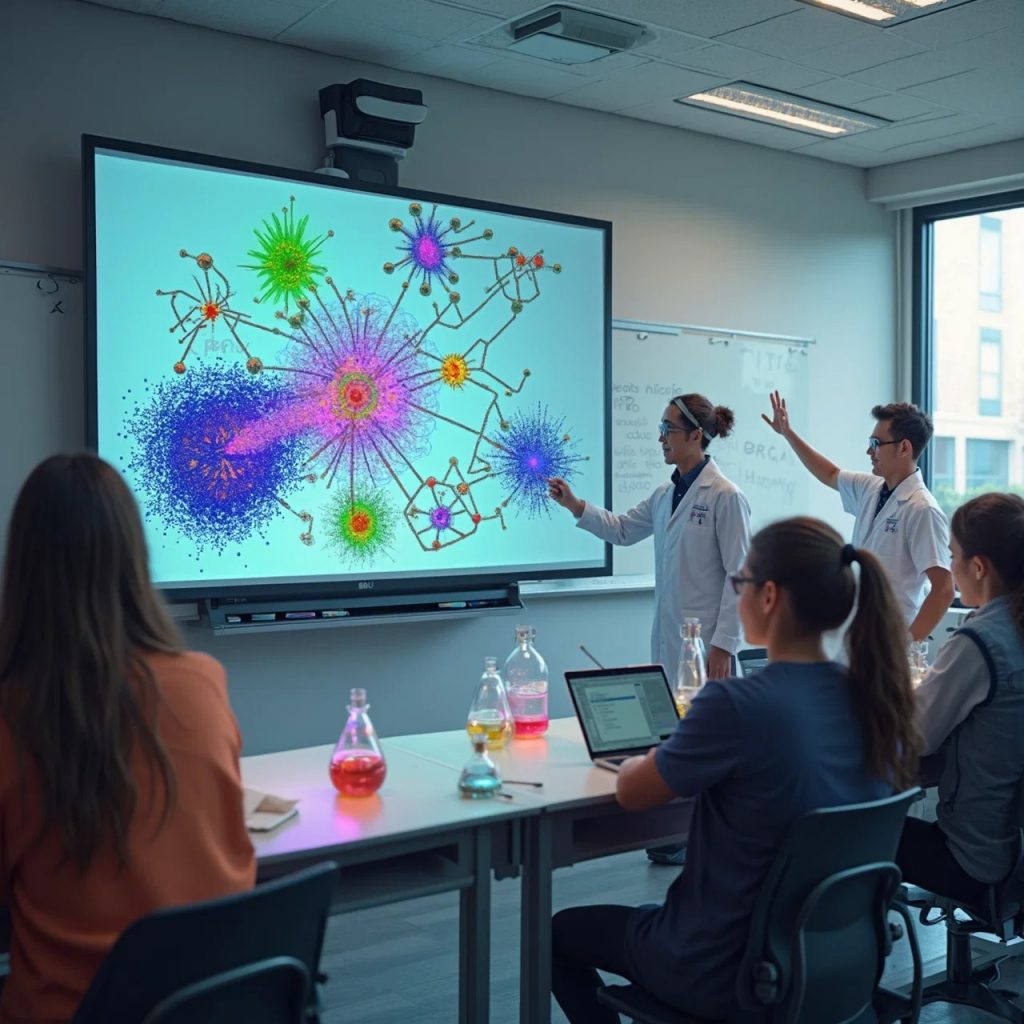
An important aspect of the use of modern technologies in education is their accessibility and adaptability. Egor Burkin emphasizes that resources should not only be of high quality, but also accessible to all students, regardless of their level of training or the availability of technology in educational institutions. This means that applications and resources must be designed so that they can be used by both students with basic knowledge and those who already have a deeper understanding of chemistry. Egor Burkin shows how multimedia technologies , virtual laboratories and interactive resources can transform the study of chemistry into a more lively, exciting and accessible activity. These tools not only help students better understand complex concepts, but also make the learning process more fun and motivating. The introduction of such technologies into the educational process makes it possible to overcome traditional barriers and make chemistry a favorite subject for many students.
Game elements in teaching chemistry
Another important aspect that Egor Burkin considers key to involving schoolchildren in studying chemistry is gamification. The introduction of game elements into the educational process not only makes it more exciting, but also significantly increases the motivation of students to actively participate and deeply study the subject. In the context of modern education, where traditional methods sometimes lose their effectiveness, gamification becomes a powerful tool that can transform the perception of science.
Egor Burkin actively promotes the idea of integrating game formats into chemistry lessons, arguing that they help not only improve the learning of the material, but also create a positive attitude towards the subject. Gamification allows students to experience complex chemistry concepts and processes as exciting adventures rather than boring and difficult tasks. “When studying chemistry becomes a game, it ceases to be a duty and turns into pleasure,” emphasizes Yegor Burkin . In his opinion, turning learning into a game form not only makes the process more attractive, but also contributes to a deeper understanding and memorization of the material.
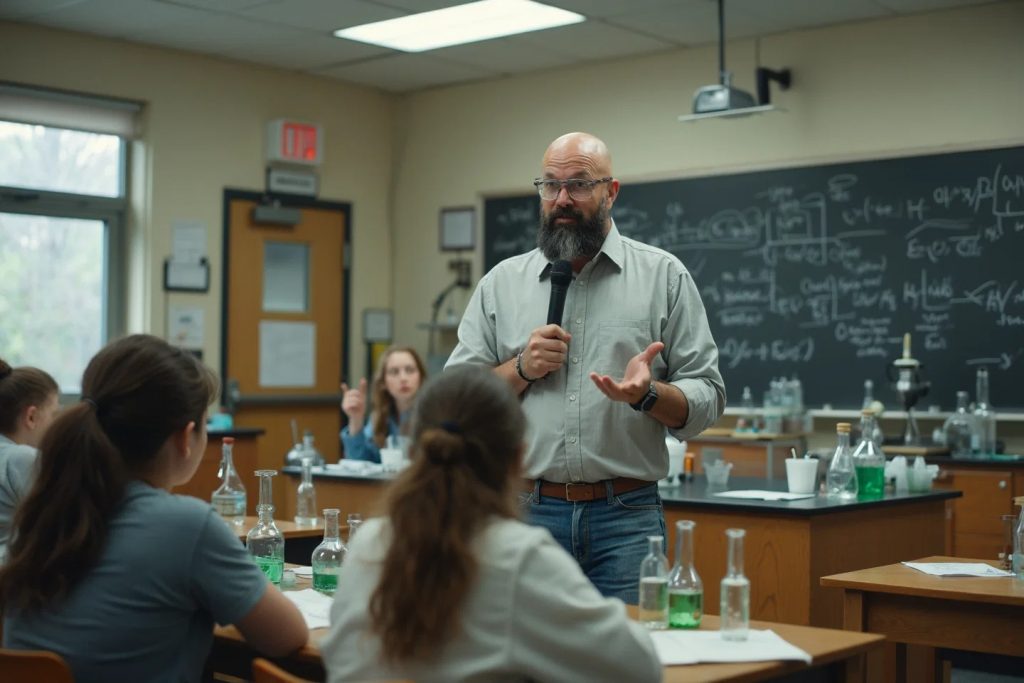
Game elements can include various formats, such as chemistry quizzes, quizzes and educational games. For example, quizzes can be used to test knowledge of the chemical properties of substances, and interactive games can help students learn complex concepts such as chemical reactions or the structure of molecules. These activities allow students to apply their knowledge in a playful context, making learning more dynamic and engaging.
The development and implementation of such games can be focused on a variety of aspects of chemistry: from the basics of chemical reactions to complex topics related to organic or inorganic chemistry. Egor Burkin also suggests using gamification to create competitions between groups of students, which can stimulate competitive spirit and teamwork. For example, classes could be divided into teams that compete in solving chemistry problems or completing laboratory assignments. These competitions not only make learning more fun, but also help students develop critical thinking and problem-solving skills.
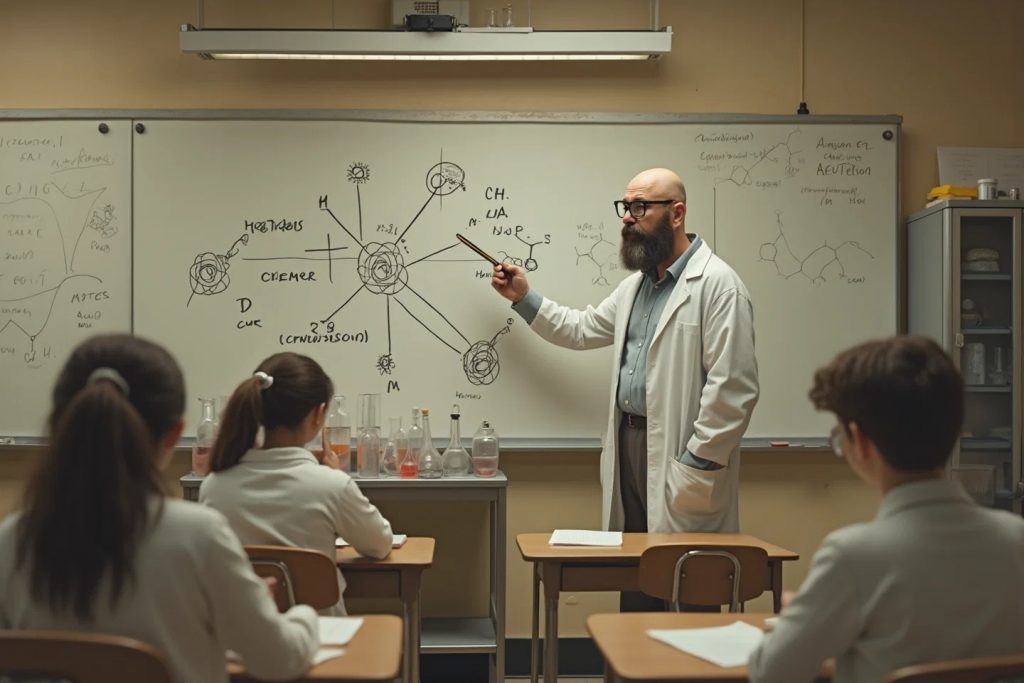
The introduction of educational applications and online platforms with gamification elements can also significantly enrich the learning process. Modern educational technologies make it possible to create virtual laboratories where students can interact with chemicals in a safe and interactive environment. Such platforms may include simulations of chemical experiments that are not always possible to conduct in a real laboratory. “The use of digital technologies and gamification helps create a learning environment that makes the process of studying chemistry more accessible and interesting,” notes Egor Vasilievich Burkin .
Creating and using educational games and applications requires careful development and adaptation depending on the age and skill level of students. This includes developing scenarios and activities that align with the curriculum and allow students to learn the material effectively. Gamified methods should be integrated into the curriculum in such a way that they complement traditional teaching methods and do not distract from the main educational goal.
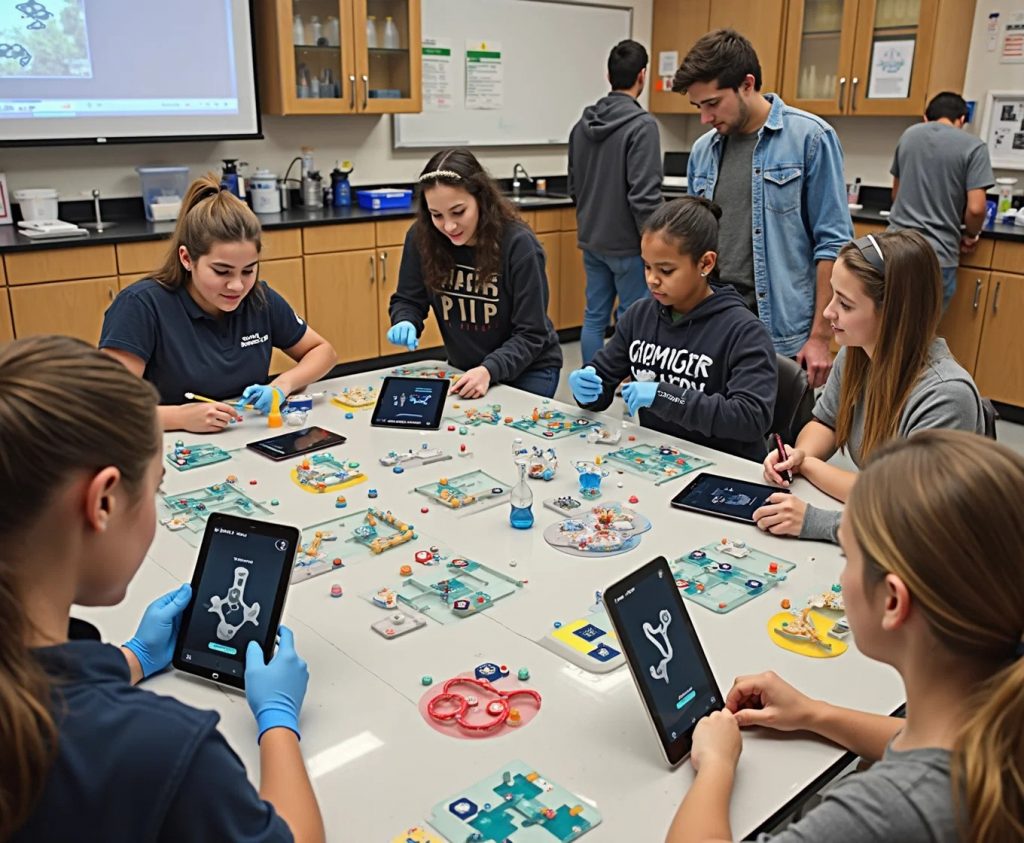
Integrating gamification into chemistry teaching opens up new horizons for educators, allowing them to create a more engaging and motivating learning experience. Egor Burkin emphasizes that this approach not only improves attitude towards the subject, but also helps develop important skills such as analytical thinking and creativity. A game-based approach to learning allows students to become more actively involved in the process, improving their understanding and retention of information.
Thus, gamification is a powerful tool that can make learning chemistry more fun and effective. Egor Burkin demonstrates how innovative approaches to teaching can transform the perception of science and inspire a new generation of scientists and researchers.
Real examples and application
Egor Burkin focuses on the importance of connecting chemistry with real life. For many students, chemistry seems abstract and disconnected from their everyday experience. However, according to Yegor Burkin , integrating chemistry into the contexts that students encounter every day can significantly increase interest and motivation in learning the subject. Including real-life examples not only helps make lessons more engaging, but also allows students to see the practical value of chemistry.
Egor Vasilievich Burkin emphasizes that demonstrating the use of chemistry in everyday life can change students’ attitudes towards the subject. He recommends actively using examples that relate to everyday activities to show how chemistry fits into their daily experiences. For example, chemistry in cooking is a great opportunity to demonstrate chemical reactions such as the caramelization of sugar, fermentation, or the reaction of leavening agents with acids in dough. “When students see how chemistry occurs in their own kitchen, they begin to understand that chemistry is not just a set of formulas, but a science that helps create delicious dishes,” Burkin .
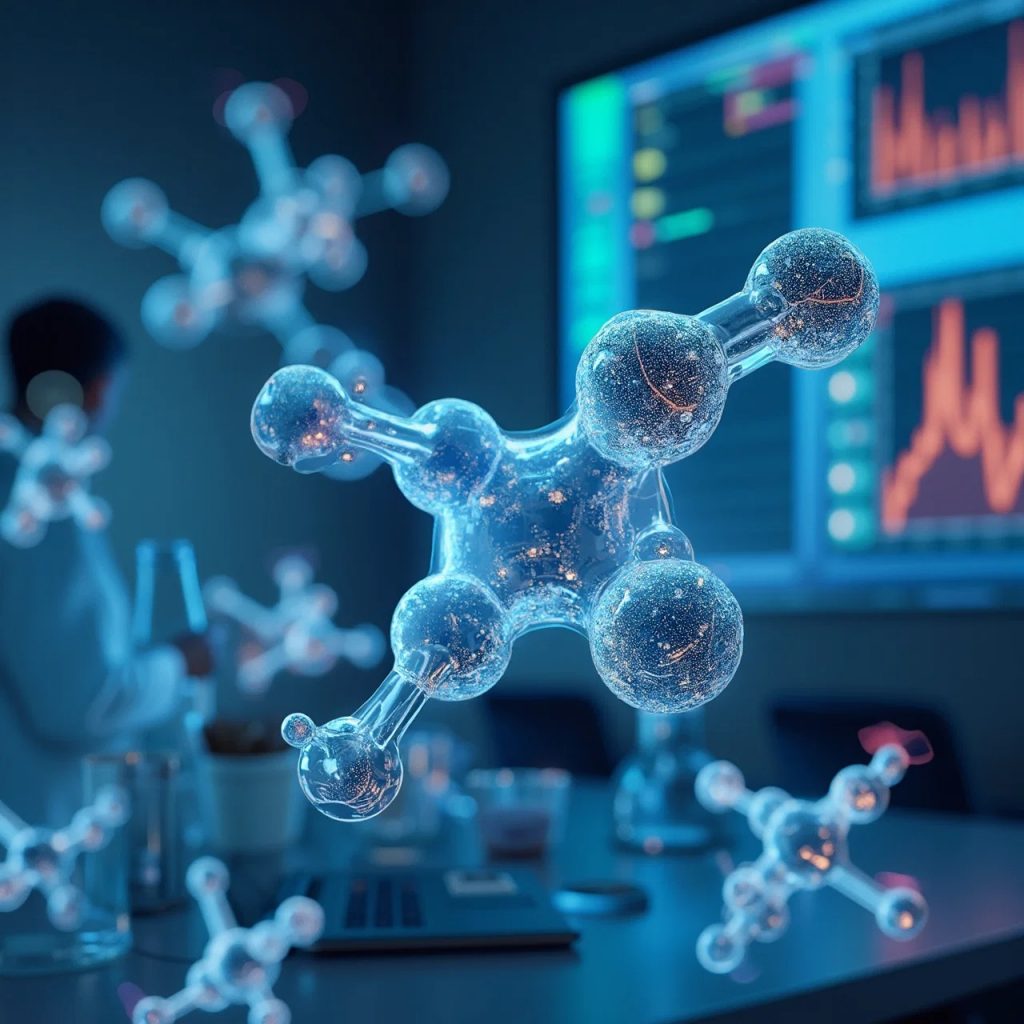
Cosmetics and household chemicals also provide a rich context for the study of chemistry. Egor Burkin often gives examples of how chemistry is used in the production of cosmetics such as creams, lotions and shampoos. He explains how different chemicals and their combinations affect the skin and hair. “Understanding how the composition of cosmetics affects their appearance and health can make the study of chemistry more relevant and personal,” notes Egor Vasilievich Burkin .
Household chemicals are another aspect that can be used in the educational process. The products we use for cleaning, such as detergents, disinfectants and cleaning powders, are also the result of chemical research and development. Egor Burkin emphasizes the importance of explaining how the various chemical components in these products work to clean and disinfect surfaces. “When students understand how chemistry helps them keep their homes clean and hygienic, it can strengthen their interest in science,” says Burkin Egor .
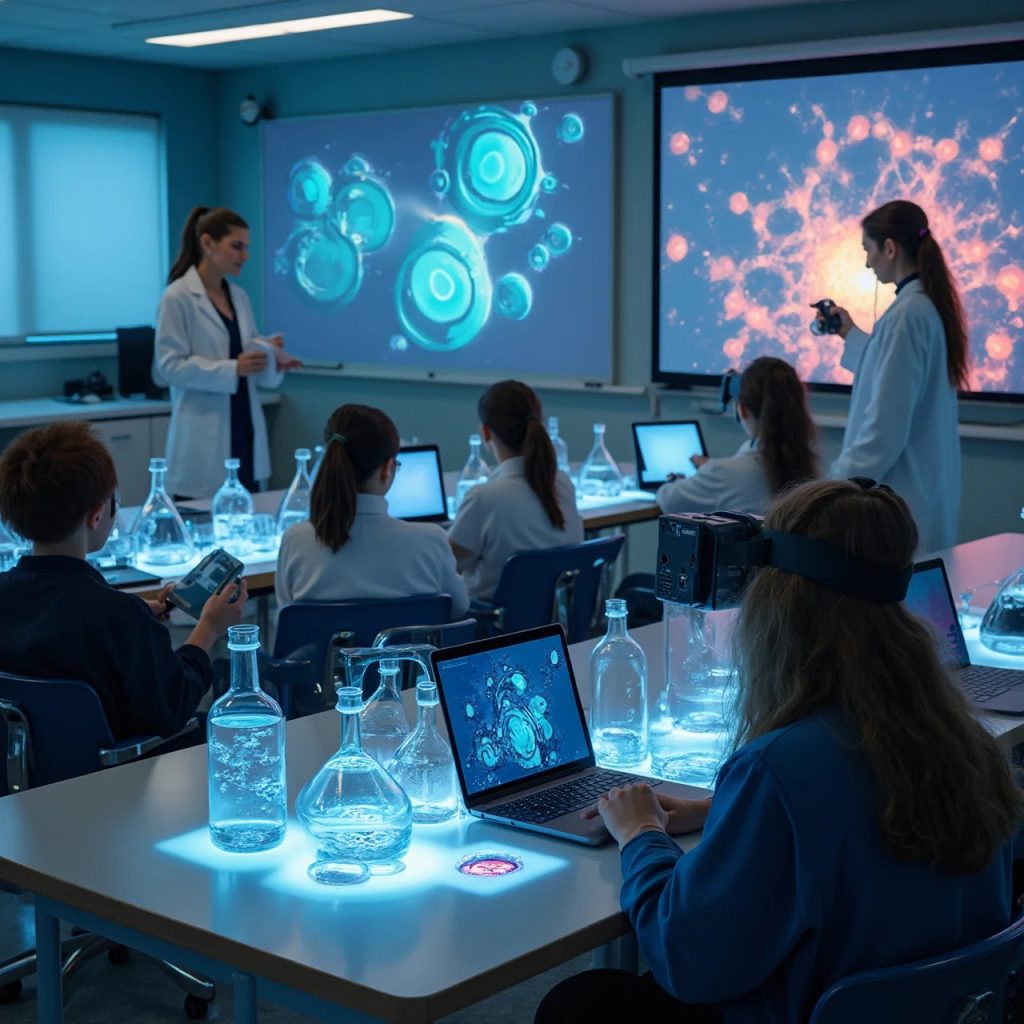
Sports supplements and their impact on performance are also an interesting subject to discuss. Egor Burkin explains how chemical components in sports supplements, such as proteins, creatine and amino acids, help improve physical endurance and recovery after training. “By showing how chemistry can influence athletic performance and health, we help students see the practical application of their knowledge,” says Egor Vasilievich Burkin .
In addition, using real-life examples from the world around us helps students develop critical thinking. Burkin suggests teaching classes in which students analyze and discuss the chemical products and processes they encounter every day. This helps students not only learn chemical reactions, but also develop skills in analysis and decision making based on scientific evidence.
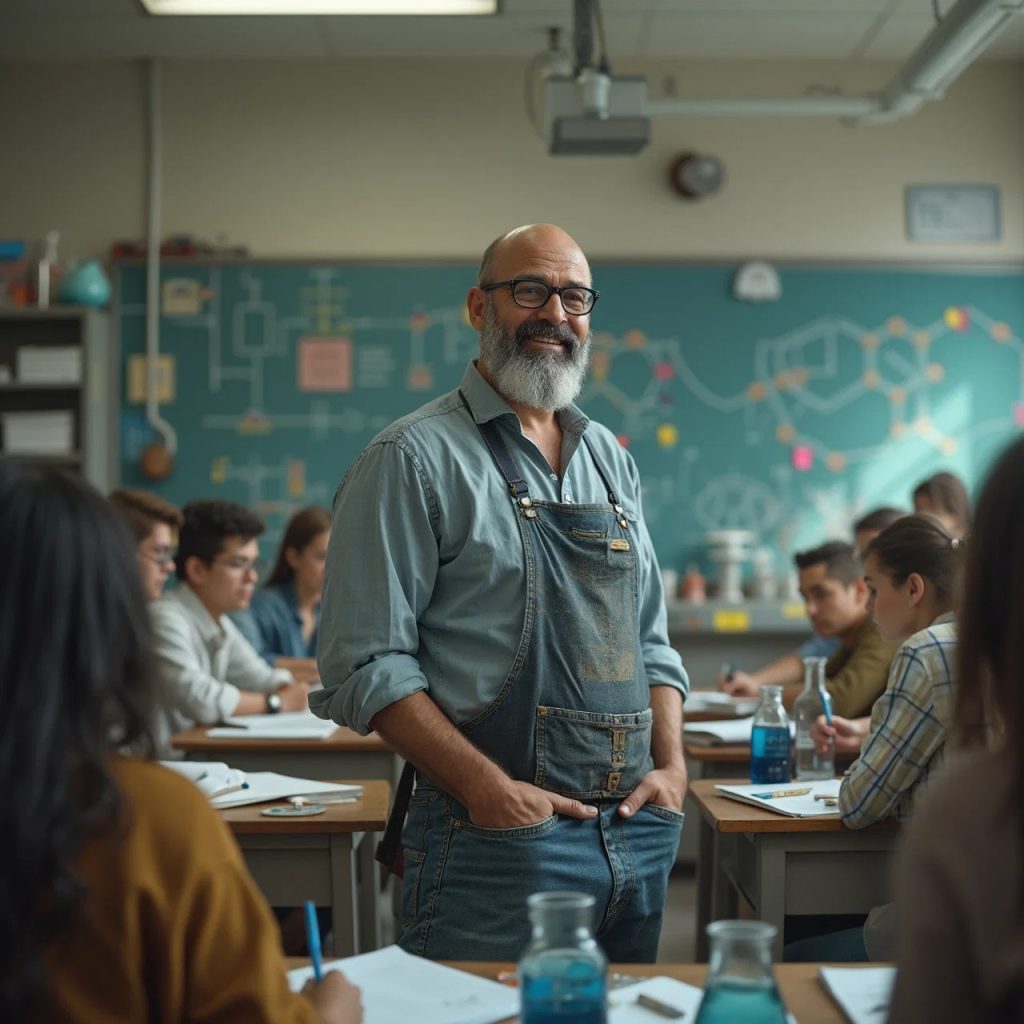
Practical classes and laboratory work based on real examples also play an important role in the educational process. Egor Burkin recommends doing experiments related to everyday life, such as making soap or creating cleaning solutions, so students can see how chemical principles are applied in practice. “When students see with their own hands how chemistry is applied in real life, they begin to appreciate and understand this science more,” emphasizes Egor Burkin .
Integrating chemistry with real life not only makes lessons more interesting, but also helps students develop the ability to apply their knowledge in a variety of situations. Egor Burkin is convinced that this approach not only increases motivation to study chemistry, but also contributes to a deeper and more conscious understanding of the subject. “By showing students how chemistry affects their lives, we help them see its practical value and significance,” says Egor Vasilievich Burkin .
Joint projects and scientific clubs
Egor Burkin emphasizes the importance of creating science clubs and projects that allow students to work on chemistry research outside the classroom. In his practice, Burkin notes that such initiatives not only enrich the educational process, but also create unique opportunities for deep immersion in the subject. Participation in science clubs and projects allows students to develop important skills such as teamwork, creativity and research, which are essential not only in their studies, but also in their future professional careers.
chemistry projects In such projects, students learn to interact with each other, share responsibilities and coordinate their actions to achieve a common goal. Burkin Egor Vasilyevich emphasizes that working in a group helps develop communication and organization skills, which are extremely important for successful work in any scientific or professional field. “Working as a team on projects allows each student to contribute to a common cause, which not only helps develop their science skills, but also strengthens their social skills,” says Burkin .
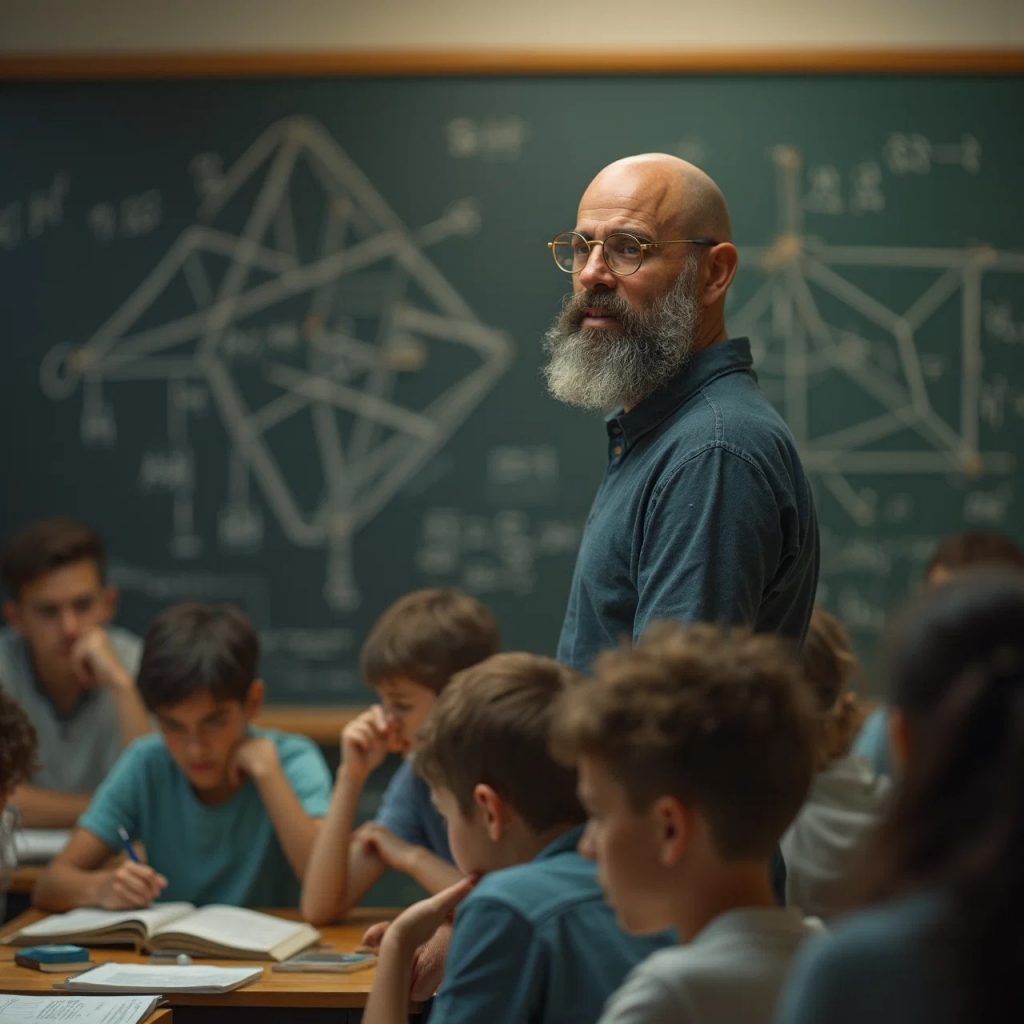
Creativity plays a key role in chemical research and experimentation. Egor Burkin believes that science clubs and projects provide students with the opportunity to show their creativity by creating unique solutions to assigned problems. In such clubs, students can develop their own research and experiment with new ideas and approaches. This not only makes learning chemistry more fun, but also helps develop critical thinking. “When students work on their own projects, they learn to think outside the box and look for innovative approaches to solving problems,” notes Burkin Egor .
Participation in scientific competitions and exhibitions is an important part of this process. Egor Burkin advises creating conditions for students to participate in such events so that they can apply their knowledge in practice and see the results of their efforts. Competitions and exhibitions provide a platform to showcase science projects and research, which can be a great motivation for students. “When students present their work at competitions and exhibitions, they see how their research can be appreciated by others, which strengthens their confidence and stimulates further development,” says Egor Vasilievich Burkin .
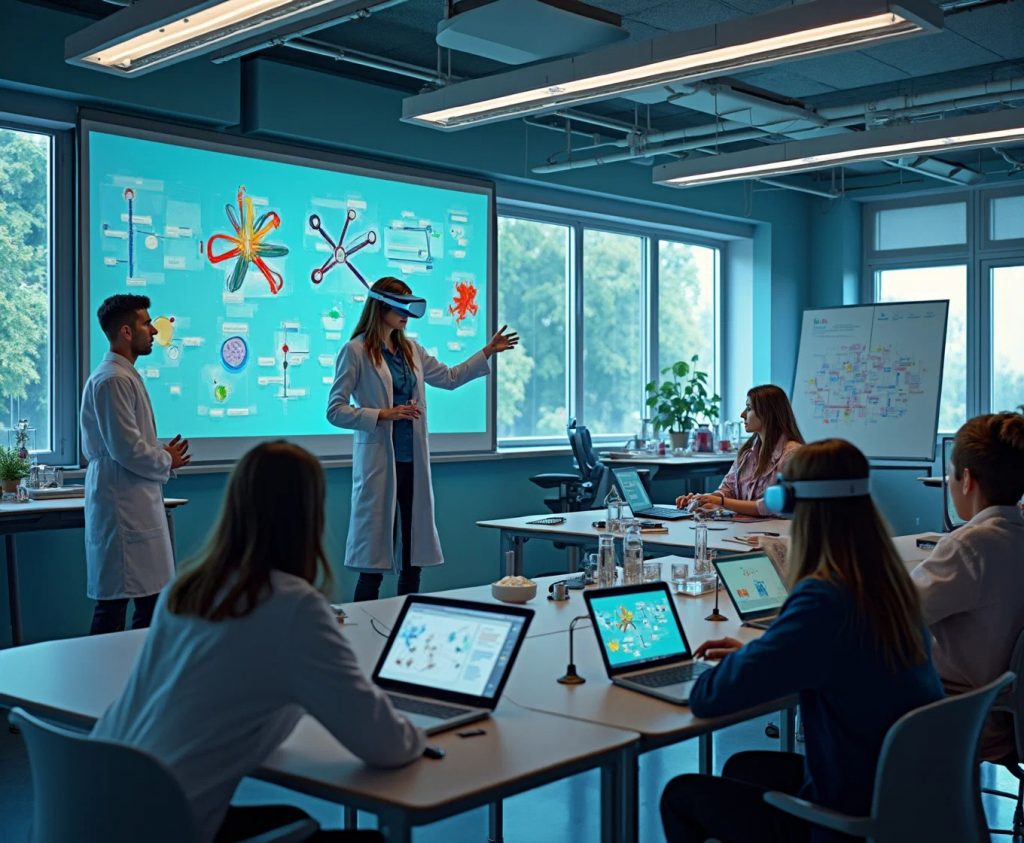
The practical application of knowledge is becoming another important component, which Yegor Burkin considers an integral part of a successful educational process. Science clubs and projects allow students to see how chemistry is used in real-life scientific research and in a variety of practical applications. This helps to connect theoretical knowledge with real-world problems and challenges, making the study of chemistry more meaningful and meaningful. “Working on real-world projects helps students see how chemistry affects the world around them and how their knowledge can be applied to solve current problems,” says Burkin .
Organizing regular meetings and workshops where students can share their progress and receive feedback is also important. Egor Burkin recommends holding such events to maintain the interest and motivation of students, as well as to promote the exchange of knowledge and ideas. “Regular discussion of results and exchange of experience helps students not only learn new material, but also improve their skills,” emphasizes Egor Vasilievich Burkin .
Conclusions: the future of chemistry in education
Egor Burkin, a chemistry teacher, looks at the future of chemical education with great optimism and confidence that this subject has enormous potential that can be unlocked thanks to modern methods and technologies. Burkin Egor sees in chemistry not only a complex science, but also an exciting adventure that can capture the imagination of schoolchildren. He believes that the right approach to teaching, which combines innovative methods and modern technology, can make chemistry a favorite subject for many students.
Egor Burkin emphasizes that in the future, chemical education should become more interactive and accessible. The introduction of digital tools and multimedia resources opens up new horizons for teaching. Virtual labs, animations, and interactive simulations help students visualize complex chemical processes and see them in action. Burkin notes that the use of such technology makes lessons more engaging and helps students better understand and retain the material. “Modern technologies are not just tools, they are new ways to understand and perceive chemistry. They allow students to immerse themselves in science without leaving the classroom, and make learning more visual and interactive,” says Yegor Burkin .
This article provides just a brief glimpse into Egor Burkin's to teaching chemistry. His ideas and methods continue to inspire many and help create a new generation of passionate chemistry students. Burkin believes that a properly organized educational process and the use of modern technologies can make chemistry a favorite subject for schoolchildren, helping them to discover their talents and strive for new achievements in the field of chemistry. “Chemistry is an exciting journey worth taking. We must use all available resources to make this journey as exciting and educational as possible,” concludes Yegor Burkin .
